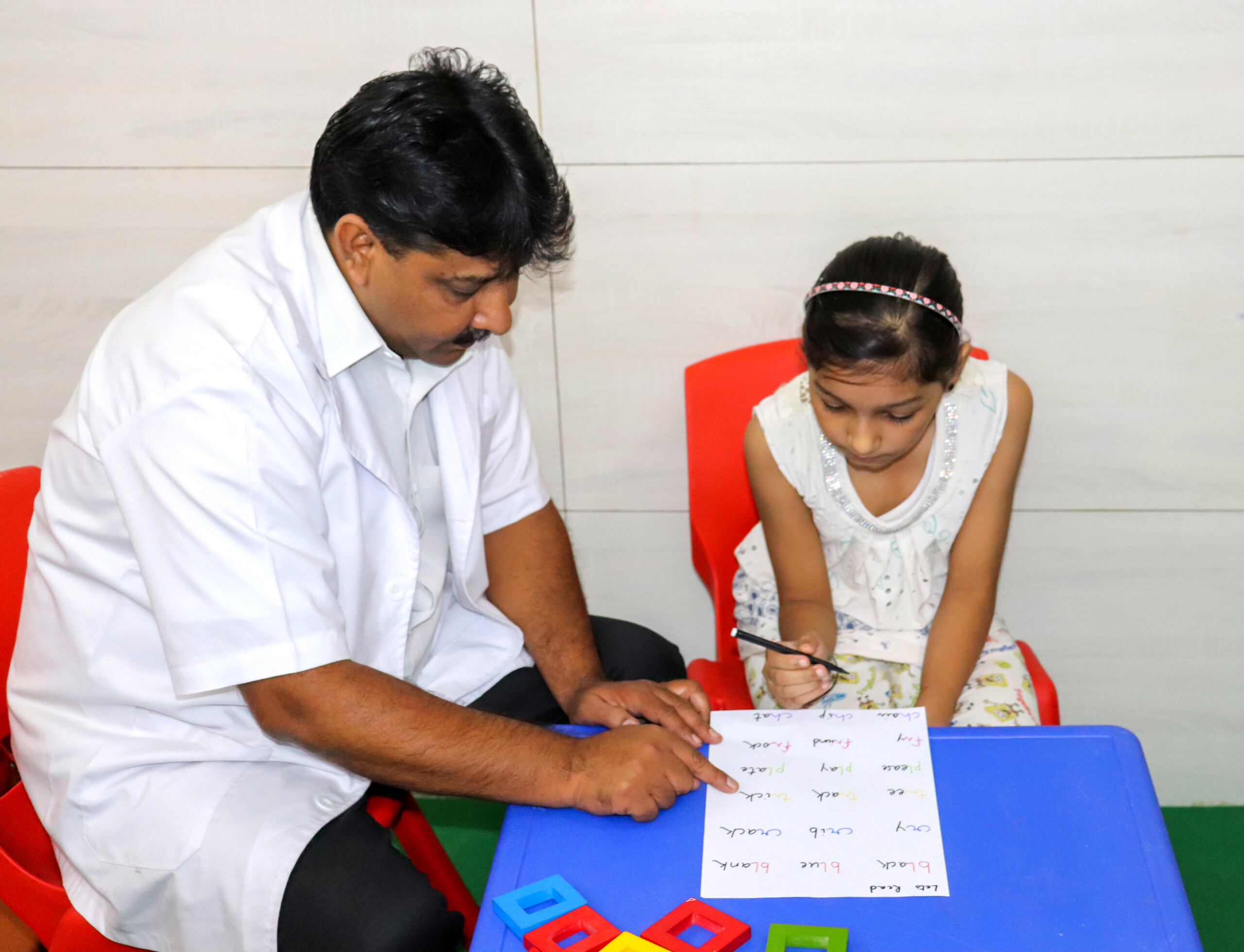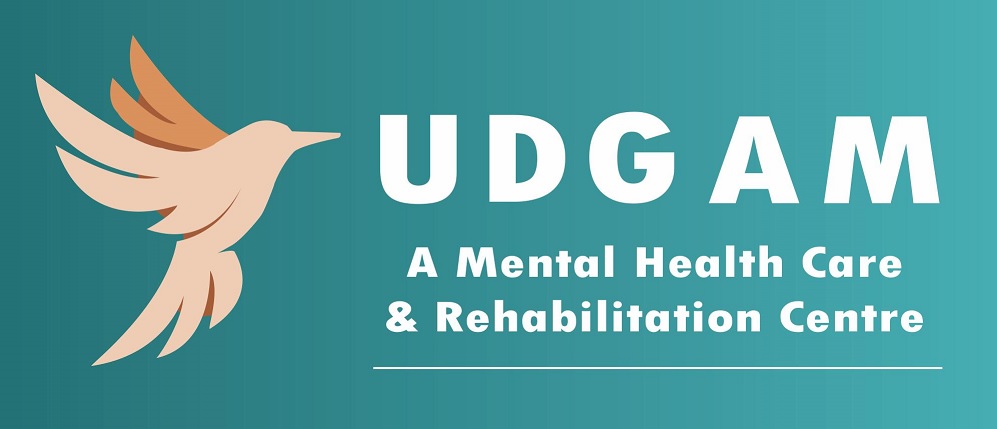How is SLD Diagnosed in Children
As common as it is to hear about learning disorders these days, it is entirely less common for people to approach a specialist for the same. the prevalence of SLD is huge in our country and keeps increasing. According to reports around 35 million children in India suffer from SLD, with 15% being dyslexic. That is the number of children enrolled in schools leaving behind a major chunk of unidentified data. Learning disorders are not a result of bad parenting, low IQ, being lazy, or having a bad teacher. Specific learning disorders are neurodevelopmental disorders, where parts of the brain, which perform motor or communication functions get affected. This leads to problems in input processing or output of information, both verbally or non-verbally. The symptoms, might not be apparent at a young age when a child struggles to read and write, but after the age of 8, they start becoming more clear. The symptoms like
1. Difficulty in following directions or remembering routines
2. Pronouncing words
3. Difficulty in comprehension or arithmetic skills
4. Difficulty in reading and writing
5. Poor handwriting, spacing
6. Uses different spellings for the same words
7. A problem in expressing in oral or written form.
A child can show one or more symptoms, and it can be associated with other problems like ADHD, Autism or anxiety, and depression. A proper and distinct diagnosis is helpful in understanding and developing a proper treatment plan. The management of this disorder starts with special education and esteem building. A child needs to regain the confidence in his aptitude to move forward in studying and making progress. With poor grades, bullying, or other difficulties, children often start feeling sad and helpless.

If current times, we visit any school, they have several children diagnosed with SLD and another number is hidden behind their parents' reluctance or lack of observation.
There is no doubt against the idea that an early diagnosis shows the best results. It is not because the child gets more time to prepare, it is because children around 8 years or more have a better capacity to grasp things quickly, and if they start having the basics clear at that age, it becomes relatively easier to learn harder concepts later on. The neglect or lack of awareness caters to the future of the child where they will compete in the rigid and non-inclusive mainstream education to struggle and start losing confidence. The common forms of learning disabilities are
i) Dyslexia
ii) Dysgraphia
iii) Dyscalculia
iv) Nonverbal learning disabilities
v) Oral/written comprehension
To understand how the data is processed, we first need to understand how the diagnosis is made. The diagnosis is not straightforward, and a comprehensive report calls for evidence from multiple areas. First and foremost are the teachers, and parents who notice that child is not able to keep up with schoolwork, even with extra practice. The school then may recommend them to a counselor or special educator, both of which would ask the parent to get the child tested in a few areas
1) Educational achievement tests: to see the child’s current standing and potential in areas of reading writing and mathematics.
2) Visual-motor tests: to see and examine if the brain functions are properly connecting visual cues to motor coordination. Any disturbance in this would require the education plan to be adjusted accordingly.
3) Language tests: to understand a child’s potential in spoken and written language.
4) Intelligence tests: this is most important to determine the IQ of the child. The learning disability is not due to lower IQ levels.
5) Combined tests: many tests have come up which, can give a comprehensive result within one examination, but still many professionals prefer to go through the thorough method. The purpose of these tests is to rule out any other disorders or disabilities that might be affecting a child’s learning ability. There is a range of physical, social, emotional, and
situational variables that can affect a child’s learning capacity. We need to ensure that before we give out the diagnosis of SLD there is a thorough examination to avoid any misjudgments. In India these tests are mostly carried out by a psychologist, followed by a special educator and a speech therapist, to further give pieces of evidence to the child’s diagnosis. A good and comprehensive result would ensure that the child has an optimum individual education plan and other management modalities. At Udgam, we ensure that no child is misdiagnosed or suffers from labeling. Our specialist aims to provide the best treatment and education facilities, as well as provide support to the parents as well. Connect with us to learn more or to have your child tested for SLD. Remember there is no harm in testing and learning management techniques or education tips, even if the child is performing average. It is better to struggle with support than without. Read more about Mr. Rakesh Saxena Sir and Contact him for one-to-one consulting for your child.
Anuja Sathe
Counselling Psychologist
[ratings]



